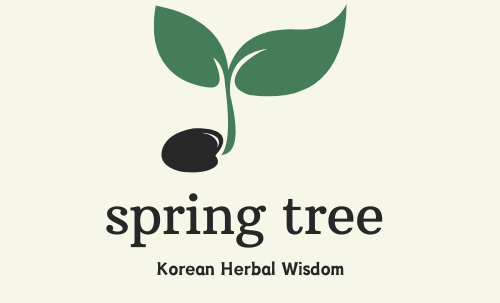Introduction to Akebia quinata (으름)
Akebia quinata, commonly known as “five-leaf akebia” in English and 으름 in Korean, is a fascinating wild plant that offers both culinary and medicinal benefits. Found predominantly in the forests and woodlands of Korea, this versatile plant is loved for its unique flavor and texture. Whether it’s the tender shoots in spring or the luscious fruits in autumn, Akebia quinata provides a seasonal bounty that is both delightful and nutritious.
Nutritional Benefits and Health Effects
Akebia quinata isn’t just another edible plant; it’s a nutritional powerhouse. The young shoots are rich in antioxidants, vitamins A and C, and essential minerals like potassium and magnesium. These nutrients help boost the immune system, improve digestion, and reduce inflammation.
The fruit, with its jelly-like interior, is sweet and hydrating, making it a perfect natural snack. It also contains compounds known for their potential to support liver health and enhance circulation. The slightly bitter rind, often used in traditional medicine, has properties that aid in detoxification and digestive health.
Cooking Tips and Delicious Recipes
Spring Delicacy: Tender Shoots
In spring, the young shoots of Akebia quinata are harvested when they are about 10-15 cm long. The shoots snap off naturally at the tender point, making them easy to collect. Here’s how you can prepare and enjoy them:
Preparation: Wash the shoots thoroughly to remove any dirt. If they have a strong bitter taste, blanch them in boiling water for 2-3 minutes and rinse under cold water.
Simple Seasoned Shoots: Toss the blanched shoots with sesame oil, soy sauce, garlic, and a sprinkle of roasted sesame seeds for a simple and nutritious side dish.
Tempura Delight: Coat the shoots lightly in tempura batter and fry until golden brown for a crispy, flavorful treat.
Stir-fried Shoots: Stir-fry with garlic, onions, and a dash of chili flakes for a savory and slightly spicy dish.
Autumn Treat: Sweet Fruit and Bitter Rind
Come autumn, the fruit of Akebia quinata is ready to harvest. The outer shell splits open, revealing a juicy, translucent pulp filled with tiny seeds. Here’s how to use the fruit:
Fresh Snack: Scoop out the pulp and enjoy it fresh. It’s naturally sweet and bursting with flavor.
Syrups and Jams: Blend the pulp with a bit of honey or sugar to create a syrup or jam that can be used as a topping for desserts.
Bitter Rind in Braised Dishes: The outer rind, while bitter, is excellent for braising. Slice the rind into thin strips and simmer it in soy sauce, sugar, and garlic for a flavorful accompaniment to rice.
Harvesting Akebia quinata: When and Where
Shoots: Best harvested in spring (April to June) when they are tender and green.
Fruits: Ready to pick in autumn (September to October) when the shells begin to split open.
Habitat: Akebia quinata thrives in woodlands and mixed forests. Look for it climbing trees and shrubs in sunny or partially shaded areas.
When harvesting, ensure you only take what you need to preserve the natural habitat and allow the plant to regenerate.
Storage and Preservation
Shoots: Blanch the shoots and store them in airtight containers in the freezer. This way, you can enjoy their fresh taste throughout the year.
Fruits: Consume the pulp fresh, as it doesn’t store well. The rind can be dried and stored in a cool, dry place for later use in braised dishes.
Tips for Sustainable Foraging
Akebia quinata plays an essential role in the ecosystem, providing food and shelter for various wildlife. Always practice sustainable foraging:
Avoid over-harvesting to ensure the plant’s continued growth.
Leave behind enough fruits for the local fauna.
Be mindful of the environment and tread lightly to protect the forest floor.
Conclusion
Akebia quinata is a versatile and nutritious wild plant that deserves a place in your kitchen and garden. From its tender spring shoots to its sweet autumn fruits, this plant offers a wealth of flavors and health benefits. By learning how to harvest and prepare Akebia quinata sustainably, you can enjoy this natural treasure while preserving it for future generations.
